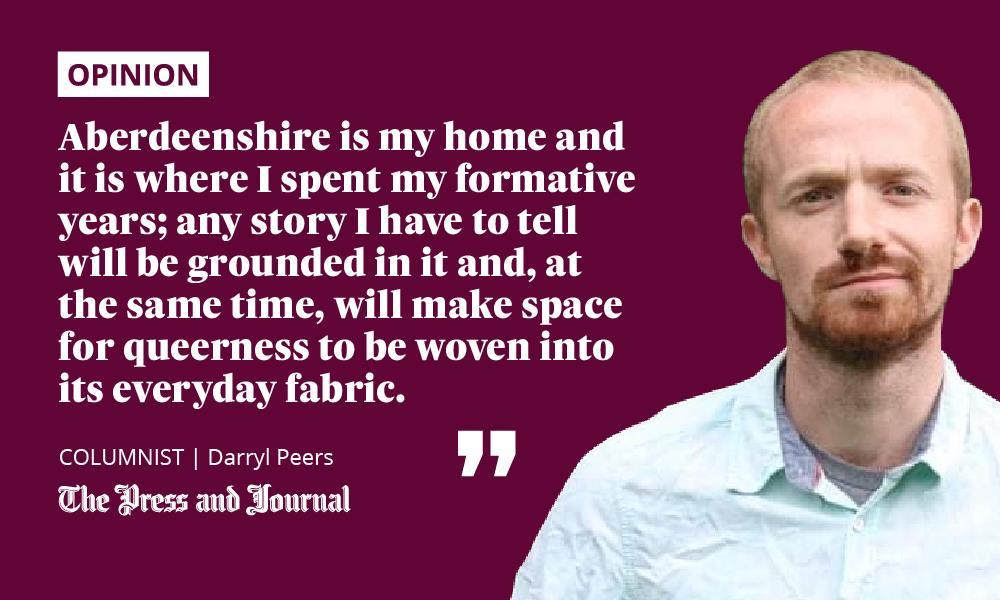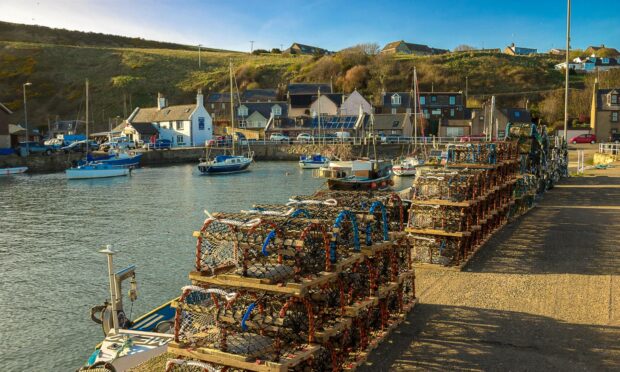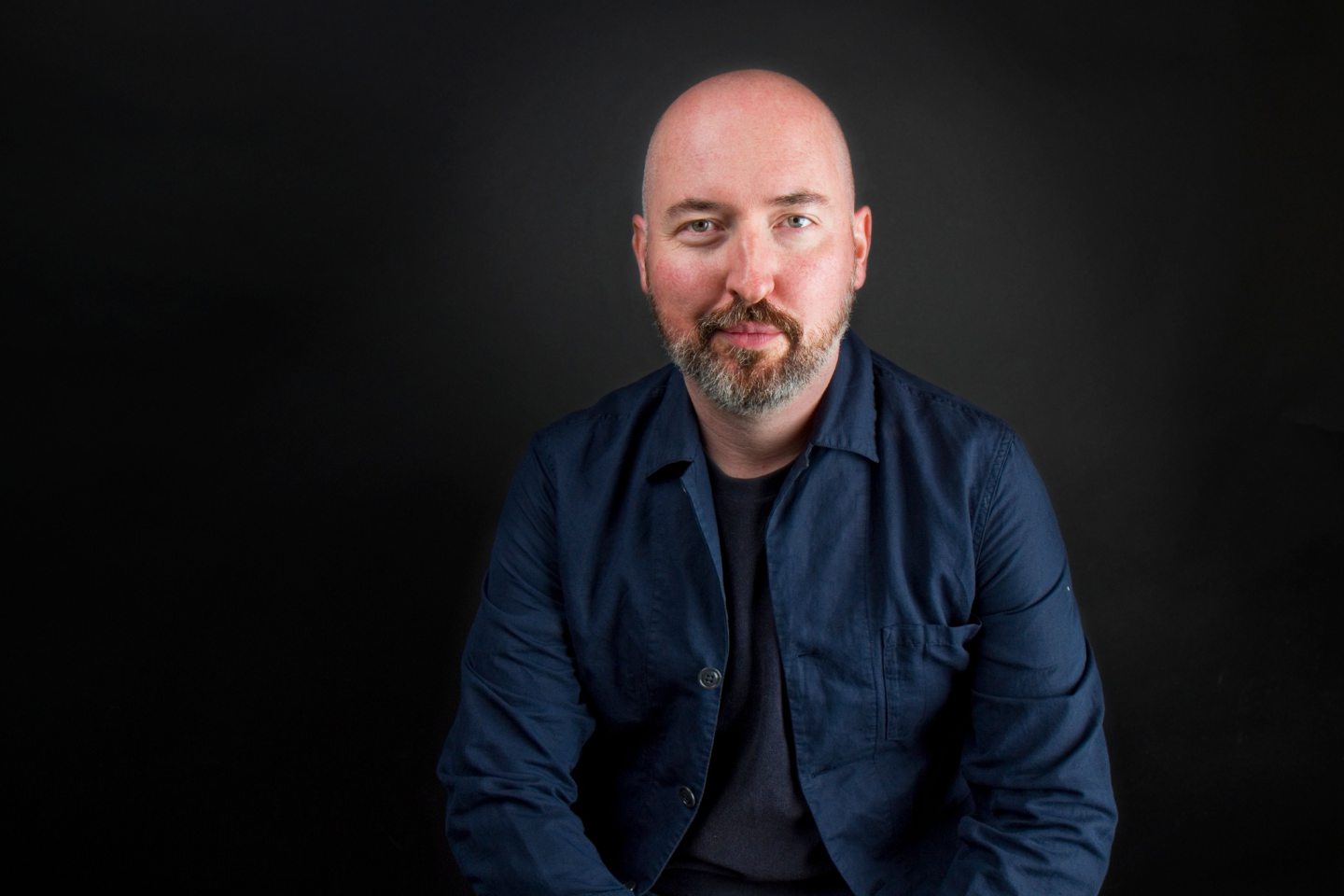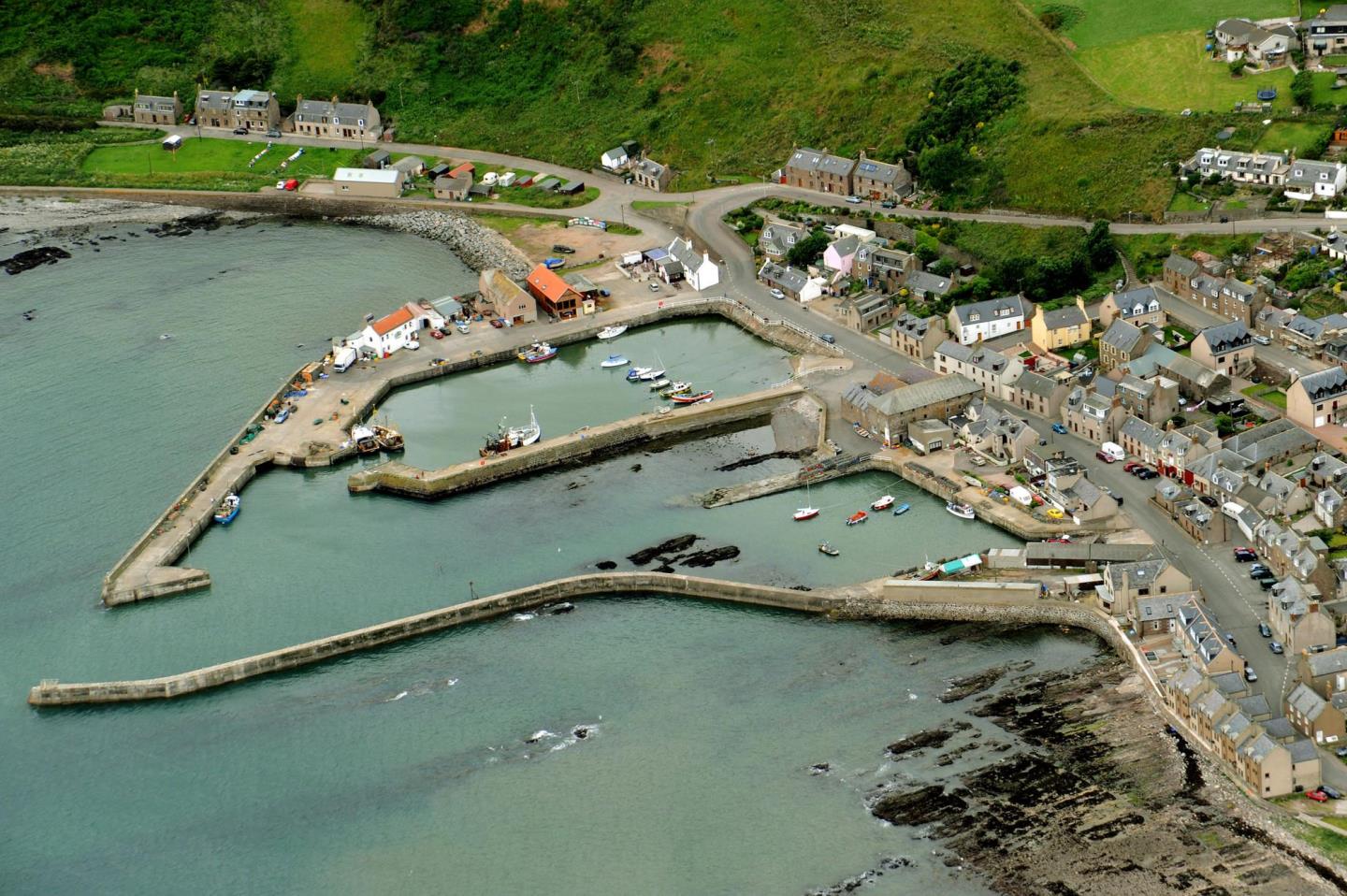Staying with family this festive season, I find myself within driving distance of Gourdon, a part of Aberdeenshire where I haven’t been for several years.
The last time I was there is a distinctive memory of mine. And this is what takes me there again.
At the minute, I’m writing a collection of stories – my first book of fiction. Growing up in Aberdeenshire, I loved books, but I never came across that many set here. This was the first of two ways in which my life was not represented in the culture – books, video games, films, TV – that I was engaging with.

The second is that I am queer. The range of LGBTQ+ stories being told today, to which there are still so many to be added, is an improvement on the slimmer selection of the early 2000s. The stories in which queerness was represented were lifesavers in one sense, yet they were usually happening somewhere I couldn’t imagine myself: an American high school, the streets of Paris, or the Italian countryside.
At the same time, when I saw the places I lived in stories for the first time – in novels by Lewis Grassic Gibbon and Nan Shepherd – these were worlds where queerness did not exist, unless squirrelled away in subtext.
Scotland can and should be a setting for LGBTQ+ writing
Queer writing from Scotland is no longer the rarity it used to be. Since Douglas Stuart’s Shuggie Bain in 2020, we now have a Booker Prize winner which falls under that bracket.
In Stuart’s Glasgow, there is no space for the titular Shuggie to be himself because he doesn’t conform with normative masculinity. During a scene that is at once heartwarming and heartbreaking, Shuggie’s older brother teaches him how to walk “more like a man” so that others will bully him less.
This exchange, where Shuggie’s queerness is met by another with compassion rather than hatred, is only possible because they have removed themselves to a place where others can’t see them.
There is space for stories which insist on the possibility of queerness rooted in the mundane and supposedly normal
Other recent Scottish novels foregrounding queer narratives, such as Harry Josephine Giles’s Deep Wheel Orcadia and Jenni Fagan’s Luckenbooth, deploy science fiction or intersperse the magical within their worlds. Alongside these innovative new works, there is space for stories which insist on the possibility of queerness rooted in the mundane and supposedly normal.
Different perspectives are too often devalued
Aberdeenshire is my home and it is where I spent my formative years; any story I have to tell will be grounded in it and, at the same time, will make space for queerness to be woven into its everyday fabric.
As a seaside village, Gourdon is a place where a queer person would expect to be at least heavily outnumbered, perhaps subject to abuse or, at worst, in physical danger. This isn’t only true of Gourdon. Rural areas all over the world are not regarded as safe places for queer people.
And, yet, I have a story to tell, queer insofar as it happened to me, that could only have taken place in this village.
Too often, villages are depicted with a patronising gaze. They become an idyllic retreat for an artist to get headspace away from the city. And, on the other side, heterosexual people often doubt whether a queer person’s take can be the definitive take. Only a straight person can be trusted to provide an authoritative view, untainted by the agenda of a politicised minority.
My story will challenge these various ways that different perspectives are devalued, reflecting Gourdon as a multifaceted centrepiece that accommodates varied lives. It is the centre of the story I have to tell as much as London is the centre of so many stories we watch in festive romcoms at this time of year.
Renewing connections with our roots
In the coming days, I’ll stop by the village, to reinforce memories that have become clouded with time, to see what is jogged by retracing steps taken on the same ground years ago. Whatever I find will shape the story I write. Details observed turn to soil in which ideas can sprout.
In the natural spaces and villages of Aberdeenshire, as in all places, there is so much to wonder at
I do not write fiction because I want to relay my memories truthfully. However, my work is animated by connections – to places and people – which facilitate intangible truths, or which fail on account of truths that render them untenable. On this queer pilgrimage, I will renew my connection with Gourdon.
Given the impending restrictions announced by the Scottish Government recently, we will benefit from finding nourishing ways to spend time outside in the coming weeks.
In the natural spaces and villages of Aberdeenshire, as in all places, there is so much to wonder at. I hope that, with time, my work will be something which archives that fact.
Darryl Peers is a writer from the north-east of Scotland


